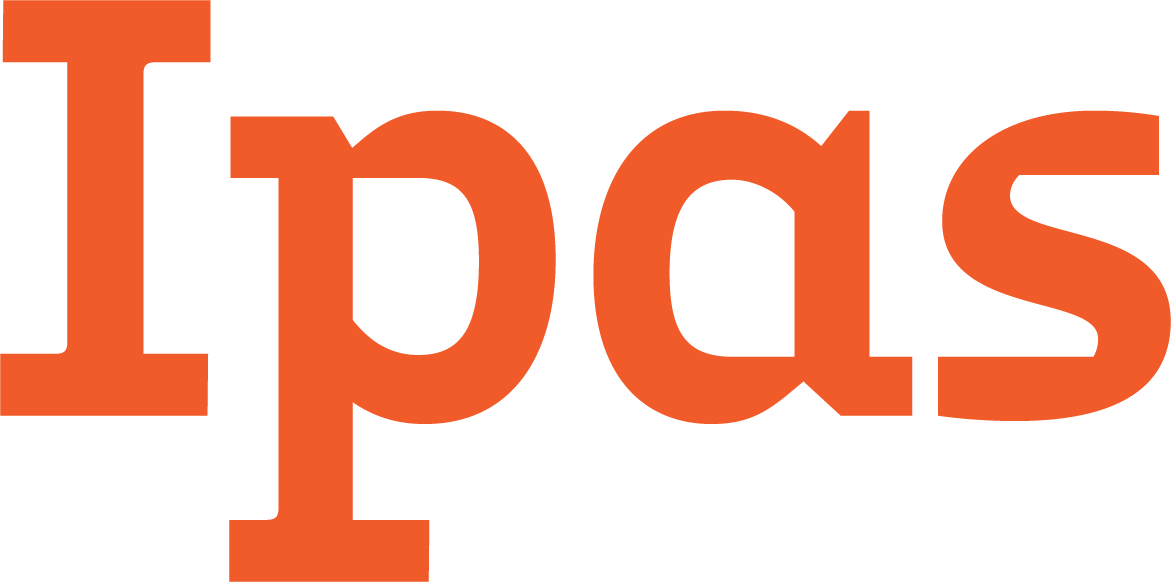Health complications from unsafe abortion are preventable. Access to safe abortion doesn’t just give women the ability to exercise their rights—it saves lives. And increasing access to safe abortion can also save countries money.
In Sub-Saharan Africa, health system costs to treat unsafe abortion complications range from $68 to $76 million per year. Yet health systems could significantly reduce these costs by providing safe abortion care rather than providing often expensive treatment for complications of unsafely performed abortions.
In a recently published study, Janie Benson, Ipas vice president for research and evaluation, and co-authors estimated the cost of unsafe abortion to the health system in Malawi and compared that to the projected cost of providing safe abortion services. In Malawi, where abortion is currently legal only to save the life of a pregnant woman, an estimated 67,300 induced abortions occur annually, with approximately 29,500 women treated in all health facilities and 18,600 treated in public facilities for PAC. One in five women presenting at health facilities for postabortion care are treated for severe abortion complications, such as hemorrhage and sepsis, indicating a high level of care and associated health system costs.
“We know from a previous study using data from Uganda that safe, elective abortion with recommended technology—such as manual vacuum aspiration (MVA)—by mid-level providers in lower-level settings was estimated to be roughly seven times less expensive than hospital-based postabortion care with physicians in a restrictive legal environment,” says Benson.
Postabortion care treatment in public facilities costs the health system an estimated $314,000 annually.
According to the study, the median cost per dilation and curretage (D&C) case ($63) was 29 percent higher than MVA treatment ($49). Costs to treat severe non-surgical complications ($63) were almost five times higher than those of a simple postabortion case ($13). Severe surgical complications were especially costly to treat at $128.
Transition to safe, legal abortion would yield an estimated cost reduction of 20-30 percent.
The method of abortion and severity of complications have a large impact on overall costs. With a liberalized abortion law and implementation of induced abortion services with WHO-recommended uterine evacuation methods, such as manual vacuum aspiration and medical abortion, current postabortion costs to the health system could markedly decrease, note the authors.
“Our findings show the cost benefits to health systems that could result from legal and service delivery reform. These advantages are particularly critical in light of limited resources to support growing demands for health care in Malawi and throughout Sub-Saharan Africa,” says Benson.
These cost benefits in Malawi mirror the savings that other countries could have if legal and service delivery reforms took hold, such as Nigeria.
For more information, contact [email protected]

